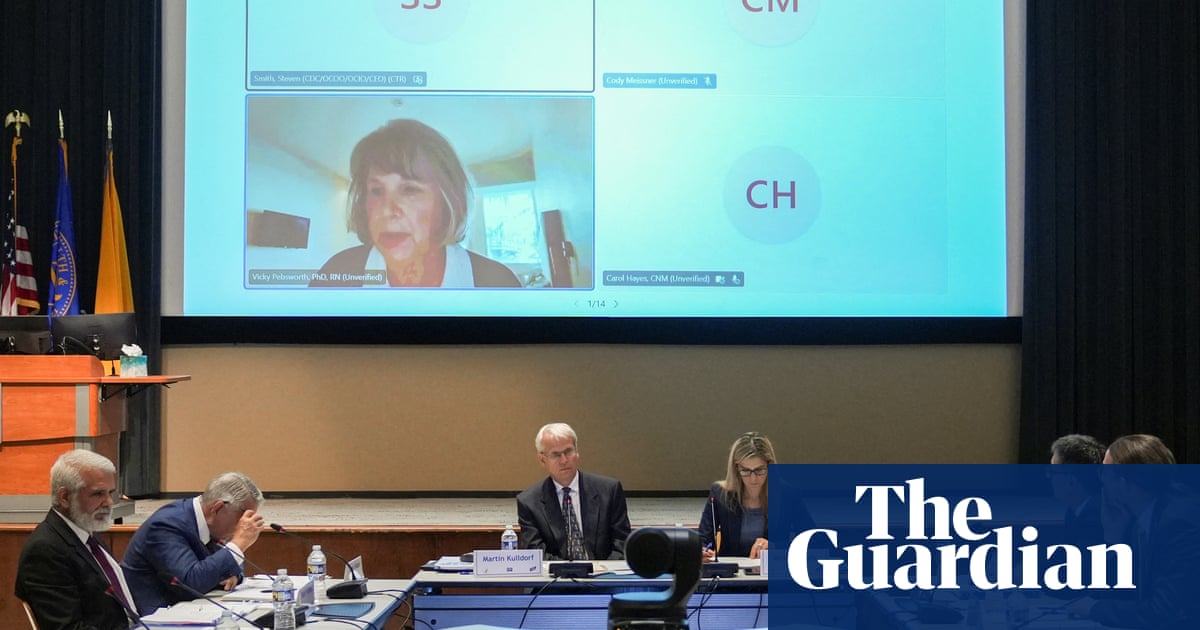Europe Takes Action Against Hidden Soil Pollution Threats

Across Europe, a growing awareness of soil pollution is prompting action to address a hidden environmental crisis. Recent initiatives have surfaced, revealing the extent of contamination linked to per- and polyfluoroalkyl substances (PFAS) and other pollutants. From Denmark’s first PFAS crisis to new soil-mapping projects, citizens and scientists are collaborating to combat a legacy of pollution that has long gone unnoticed.
In March 2024, Denmark became the first European country to officially declare a PFAS crisis. This announcement followed years of mounting evidence that these chemicals, often referred to as “forever chemicals” due to their persistence in the environment, were contaminating soil and water supplies. The Danish government is now implementing extensive measures to identify and remediate affected areas.
Denmark’s proactive stance reflects a broader trend within the European Union, where member states are increasingly recognizing the need for comprehensive soil protection measures. According to a report by the European Commission, approximately 60% of EU soils are considered unhealthy due to pollution, erosion, and other factors. This alarming statistic has prompted the EU to prioritize soil health in its environmental policies.
One innovative approach to tackling soil pollution involves the introduction of advanced soil-mapping initiatives. Countries like Germany and the Netherlands are leading the way in developing cutting-edge technology to map soil contaminants accurately. These initiatives utilize a combination of satellite imagery, drones, and ground-based sensors to identify pollution hotspots, enabling targeted remediation efforts.
Citizens are also playing a crucial role in this movement. Community-led projects across Europe are empowering individuals to take action against soil pollution. For example, in Italy, local groups are conducting soil tests and raising awareness about the dangers of contaminated land. These grassroots efforts are crucial in complementing governmental actions and fostering a sense of environmental stewardship.
The urgency of addressing soil pollution is underscored by its potential impact on public health. Exposure to contaminated soil can lead to serious health issues, including cancer and reproductive problems. The Environmental Protection Agency (EPA) has warned that prolonged exposure to PFAS can accumulate in the human body, posing significant long-term risks. As awareness grows, the need for effective regulation and remediation strategies becomes increasingly clear.
International cooperation is essential in the fight against soil pollution. The EU has begun to collaborate with various stakeholders, including scientific communities, governmental agencies, and non-governmental organizations. This collaborative approach aims to create a cohesive strategy to address soil contamination across borders.
Looking ahead, the challenge remains to balance economic development with environmental protection. As industrial activities expand, the risk of soil contamination increases. Policymakers must navigate these complexities to ensure sustainable practices are prioritized.
In conclusion, Europe is at a critical juncture in its fight against invisible soil pollution. With heightened awareness, innovative technology, and community engagement, the continent is beginning to confront a hidden legacy. As initiatives unfold, the hope is that cleaner soil will lead to healthier environments for all.






